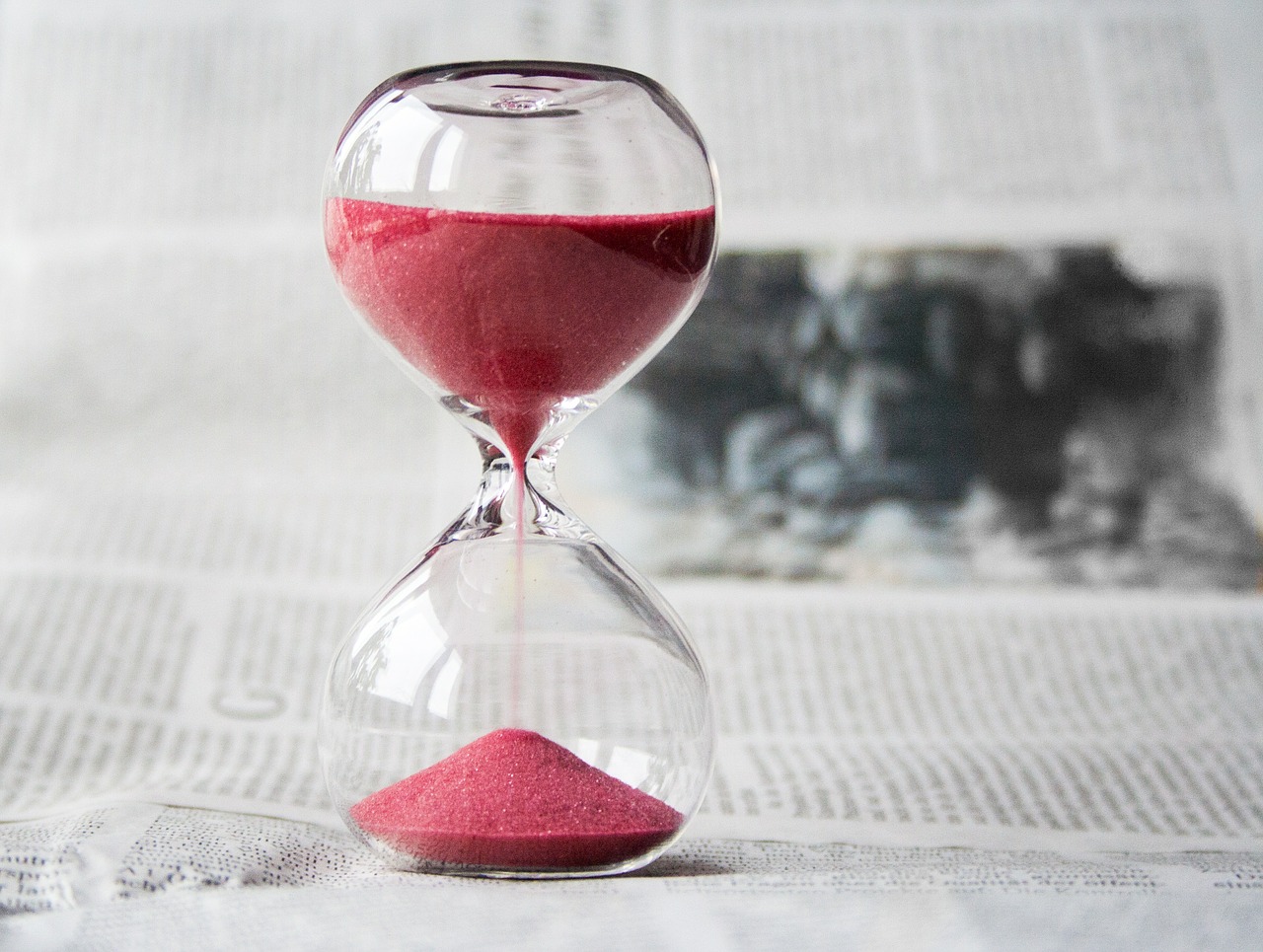The Revolution In Therapy Following A Knee Replacement
In the last 10 years, a revolution of sorts has taken place in the knee replacement industry. Patients are younger, more active, and more likely to be in the workforce when needing knee replacement surgery. In many cases this means completing therapy programs using paid time off (PTO) or vacation time, causing financial and/or life stress.
Knee replacement surgical recovery protocols, despite the surge in younger patients remain tailored to retirees, and stifled by inertial forces that limit creativity and vision.
You probably didn’t know that in 2010, the American Physical Therapy Association admitted that
“The most efficient and cost effective way to achieve the goals of excellent range of motion and the ability to ambulate and self-progress with home exercise remains elusive.”
and
“No available evidence dictates which stretches are best and how often they should be performed.”
2010 State of Art Monograph
American Physical Therapy Association
Consider the following two outdated models of recovery:
Here is What Typically Happens in the The Spinning Wheels Model of Recovery
Patients take limited pain medicine initially to avoid addiction or because they are not taught proper pain management. Then they exercise at too low a frequency to make progress and they lack good leverage methods. Most of the time they are just following instructions. The problem is they make slow and painstaking progress in therapy following knee replacement that can be compared to a hamster on a treadmill spinning his wheels.
Urgency to get back to work, forces them to get off the limited narcotics they were taking way before achieving significant range of motion recovery.
Back at work, they now have to find time and money for additional outpatient therapy treatments while dealing with stiffness, pain and the frustration of a seemingly endless knee replacement recovery timeline.
The Rambo Model of Recovery
Here is What Typically Happens:
Patients take an aggressive approach, attending outpatient PT directly after the hospital. They will be hopelessly mired in a cycle of pain and swelling because they have not respected the three sequential phases of knee replacement therapy. This will result in more overall pain and suffering and needless prolonging of the recovery time.
The average target for range recovery at week 11 and 13 is listed on Healthline, a well respected website, as “possibly 115 degrees” and “115 degrees” respectively.
PTO time may last 6 weeks if you are lucky, 12 weeks is too long to wait to get 115 degrees range of motion!
This is an unacceptable rehab trajectory for today’s knee replacement surgery candidates who are still in the workforce.
Want to learn about a better way?
If you have been following along with this multi-part series, you now understand how leverage, acting like a pump, can reduce the swelling in your knee and enable you to regain your range of motion swiftly and safely at a predictable rate following surgery.
Two core principles from the No Days To Waste 7 Point Stretching Program were introduced, Feedback Loop and Power Leverage. We also unraveled the pros and cons of traditional leverage and feedback methods in visual format with the “Recovery: Which Techniques Are Best” infographic.
The “No Days To Waste” Program is a powerful integrated system designed to achieve the following outcomes:
- Return to work with at least 125 degrees range of motion
- Reduce dependence on outpatient PT Clinics
- Fast track the overall rehab process
- Save money on outpatient services by not wasting time on range recovery
- Get off narcotic pain medicine as quickly as possible
- Limit risk of narcotic addiction and side effects
Want a fast start on your recovery?

